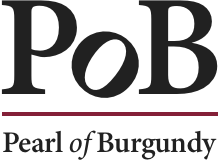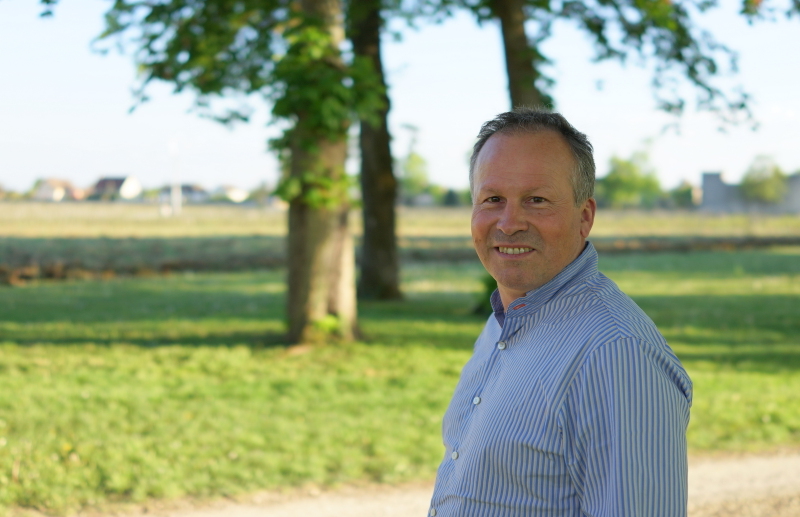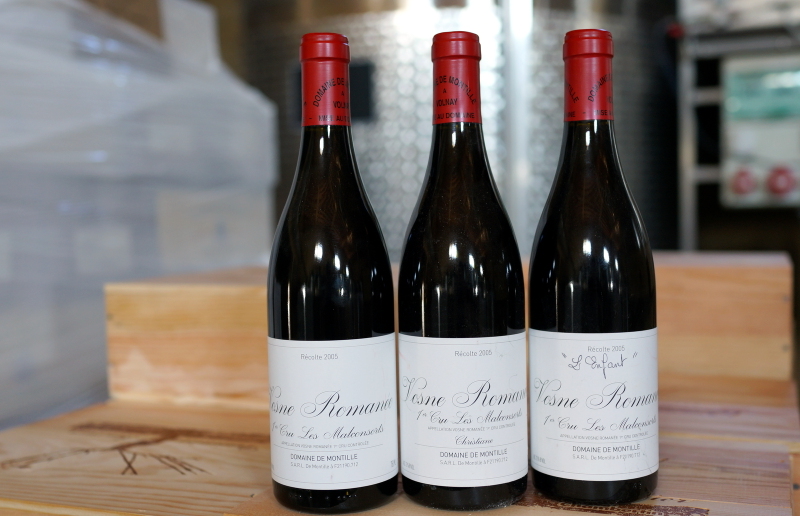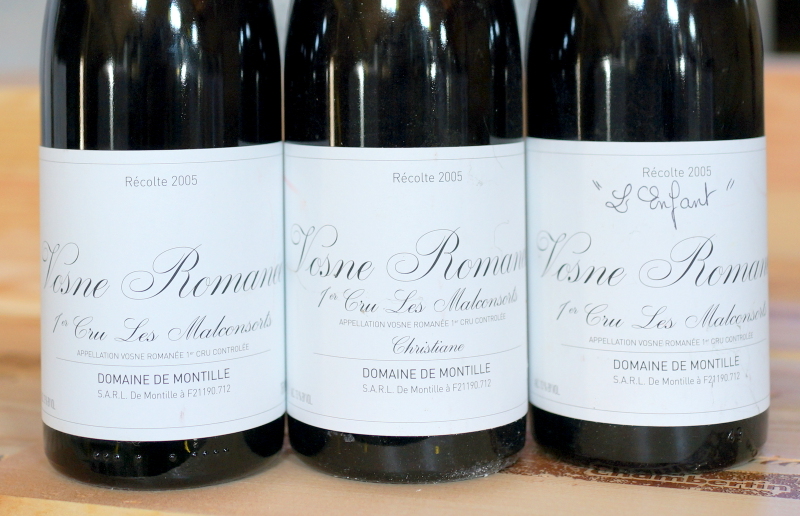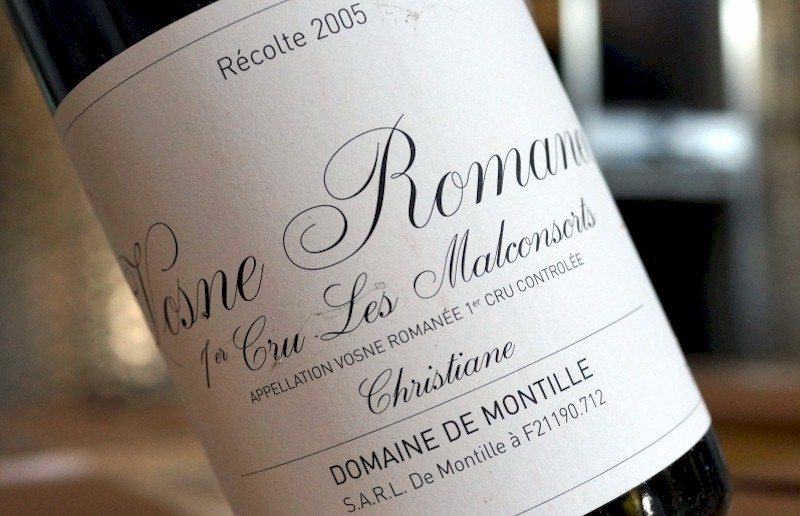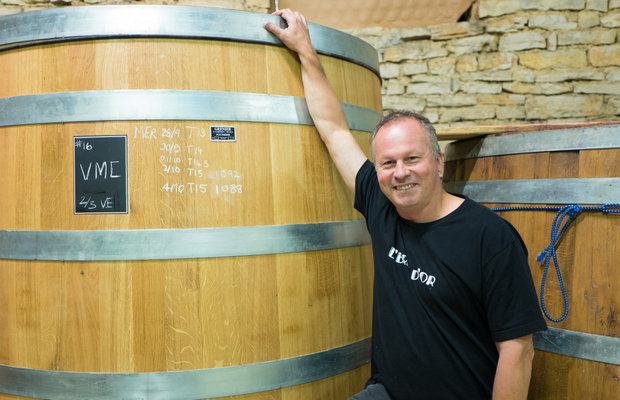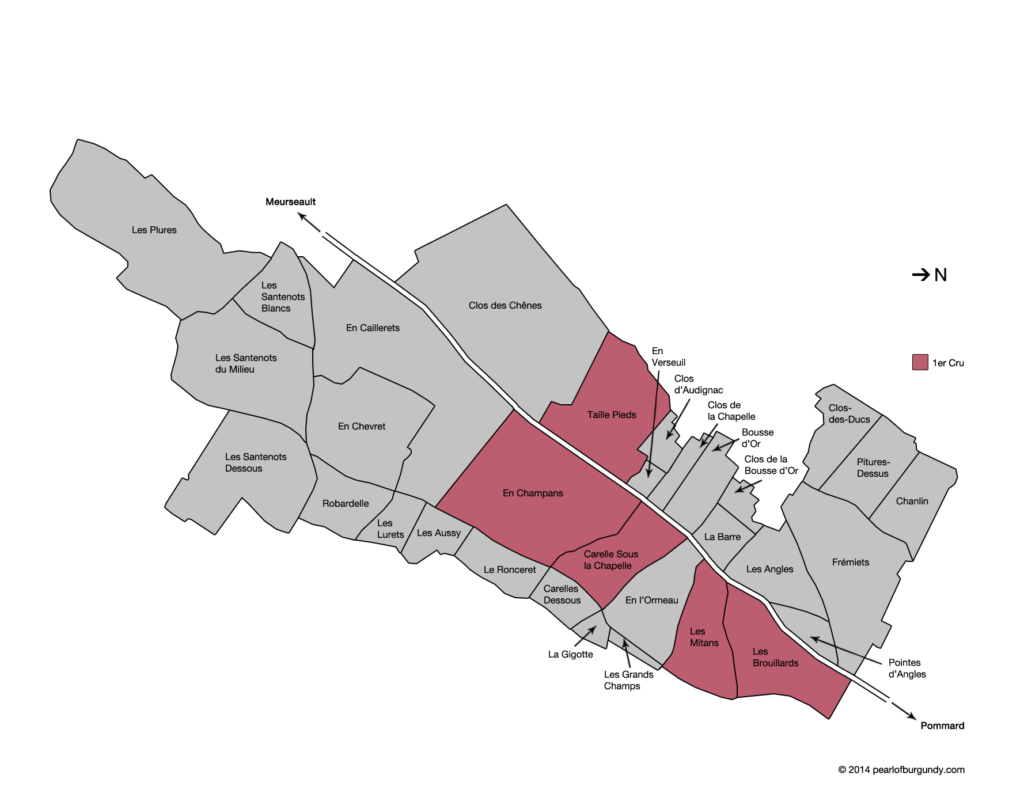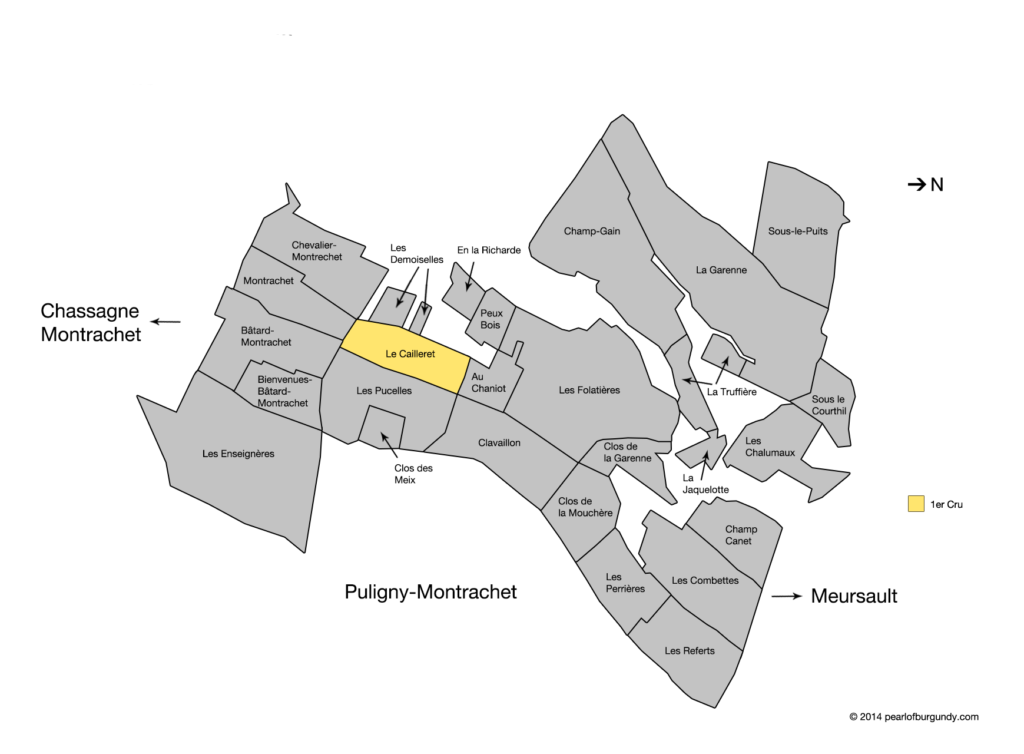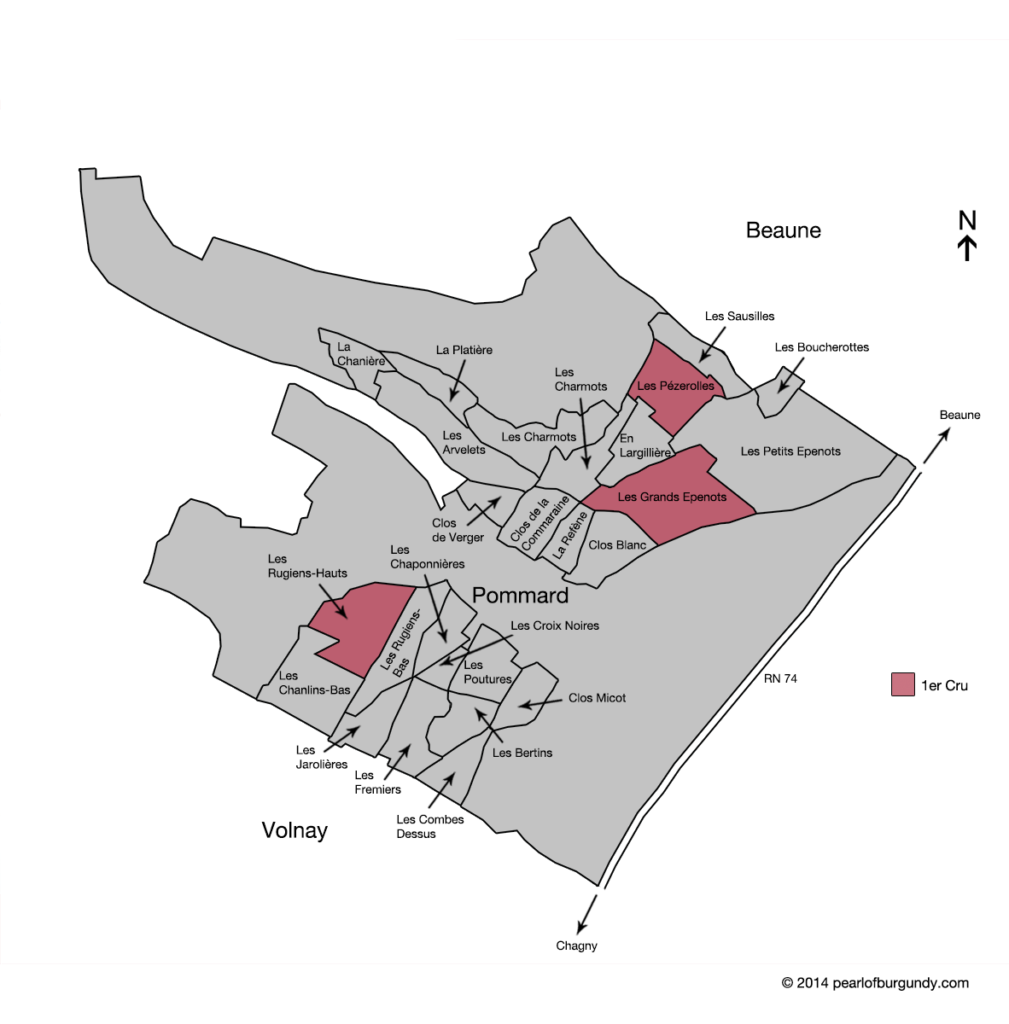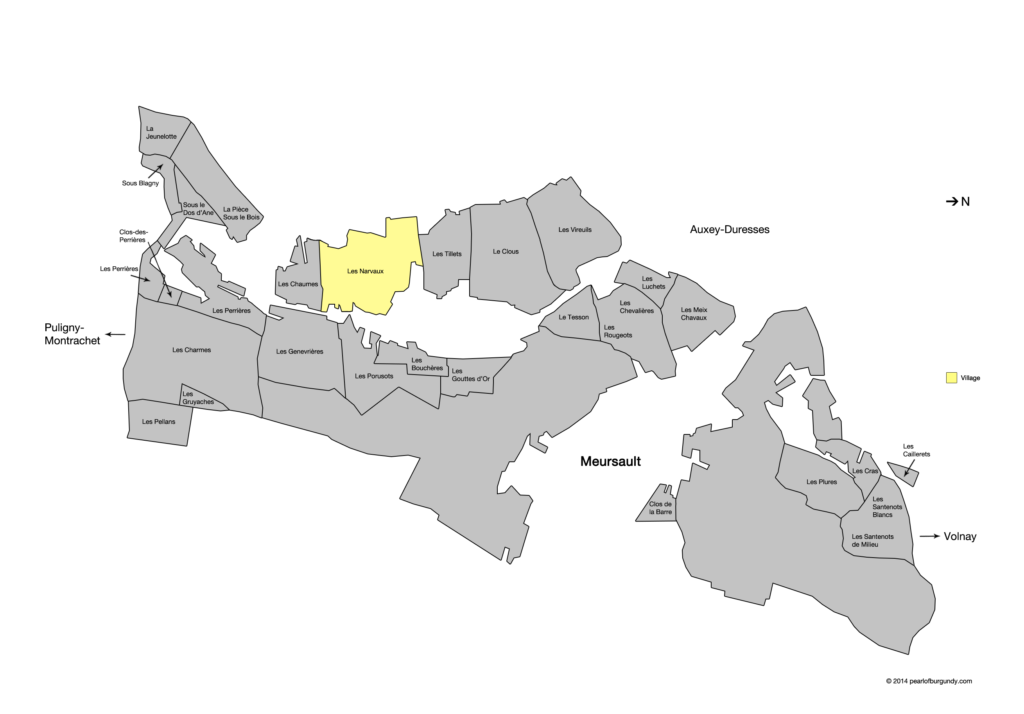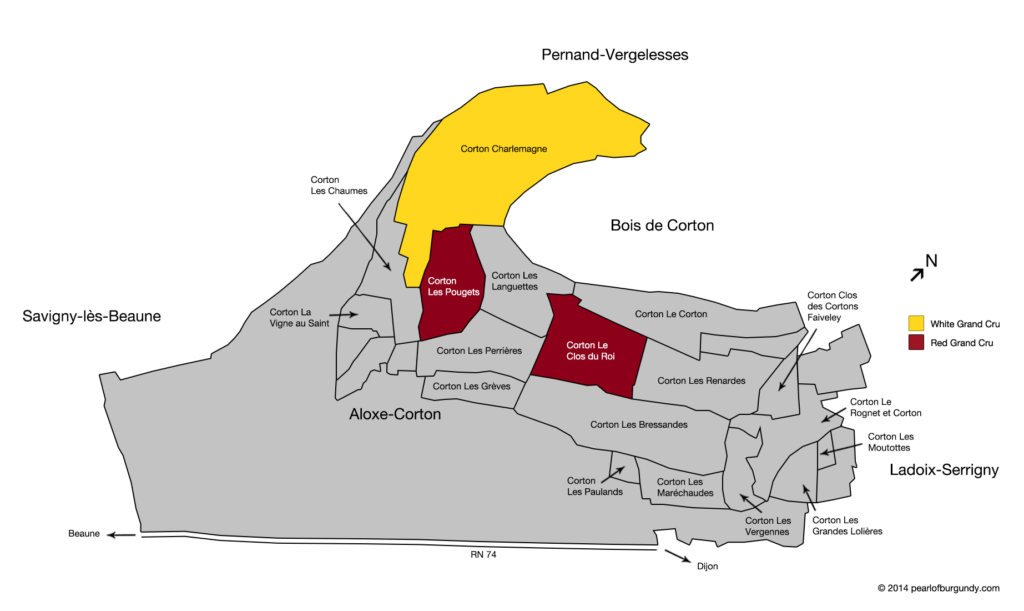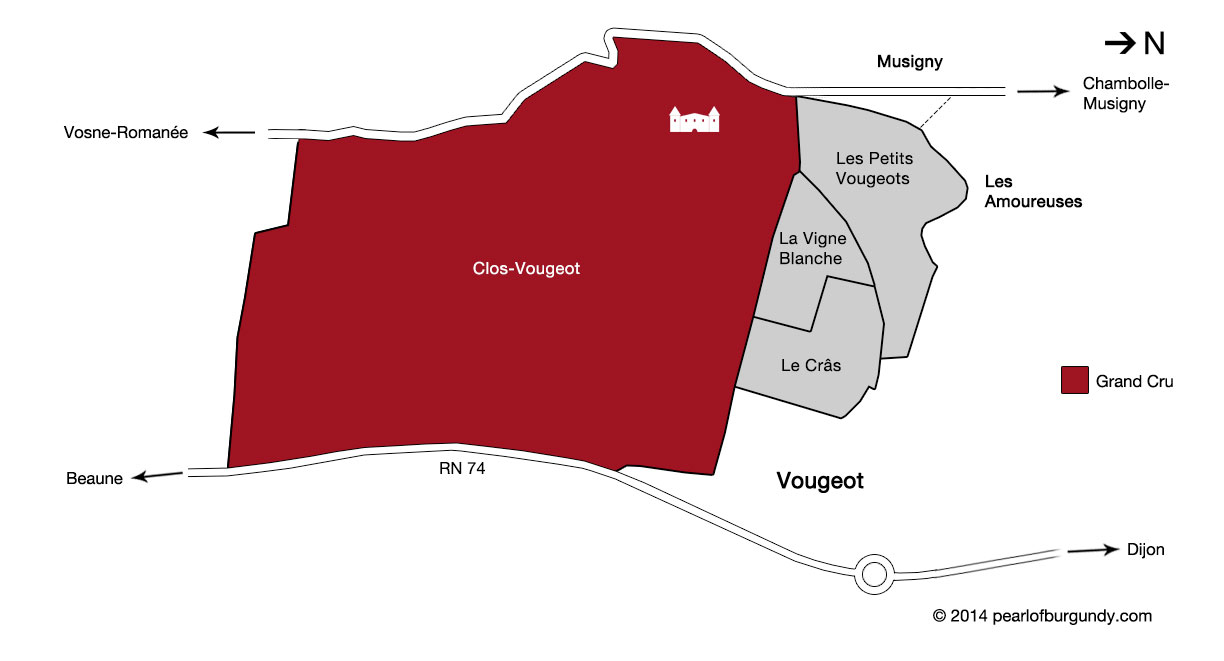Domaine de Montille
Burgundy
Côte de Beaune
Domaine de Montille is renowned as one of the finest estates in Burgundy. While the origins of the Domaine date back to around 1730, its modern history began in 1947, when Hubert de Montille started making the domaine’s wines at the age of 17, following the death of his father. Four years later, he took full responsibility for the domaine.
At that time, the domaine consisted of only 2.5 hectares. Hubert had trained as a lawyer and continued to work both as a lawyer in Dijon and as the winemaker at the domaine until his retirement. Hubert’s children, Etienne and Alix (who was married to Jean-Marc Roulot), began helping at the domaine at a young age. Etienne also worked as an investment banker. However, by 1990, Etienne took on more responsibilities, and in 1995, he became a co-manager of the domaine (though he continued to work in the bank until 2001). Under his leadership, the domaine’s reputation soared. Through careful acquisitions, the domaine expanded its holdings, acquiring prime vineyards across the Côte d’Or. Key acquisitions included a fine parcel of Puligny Cailleret in 1993, Corton Charlemagne in 2004, and parts of the Thomas-Moillard estate in 2005 – including parcels in Vosne-Romanée Les Malconsorts, Clos de Vougeot, and more.
In 2012, Etienne acquired Château de Puligny-Montrachet, adding another 14 hectares of prime vineyards (including Chevalier-Montrachet, Puligny Folatières, Meursault Poruzots, Saint-Aubin “en Remilly”, Clos du Château de Puligny-Montrachet, etc.). Today, Domaine de Montille consists of 37 hectares of vineyards, with 23 hectares under the Domaine de Montille label and 14 hectares under the Château de Puligny-Montrachet label.
In 2003, Etienne started a négociant business with his sister- Alix, named “Les Deux Montilles,” specializing in white wines.
One of the biggest changes Etienne implemented in the vineyards was the decision to become organic in 1995 and to fully transition to biodynamics in 2005. While Hubert’s wines were known for their ability to age gracefully but often showed austerity when young, Etienne’s approach has been to create more accessible wines through better vineyard management, reduced yields, the elimination of chemical fertilizers, careful attention to phenolic ripeness and picking dates, and fine-tuned extraction and winemaking techniques. (Hubert was known for punching down 6 to 8 times per day during fermentation and consistently used 25-50% whole cluster berries – Etienne reduced this to 2 times per day and varies the use of stems from none to 100%, depending on the vintage.)
What has remained unchanged over the years is the restrained use of new oak. The wines remain in barrels for 14-18 months and are typically bottled without fining or filtration.
Today, Etienne has fine-tuned this historically great domaine, establishing it as one of the finest estates in Burgundy.
